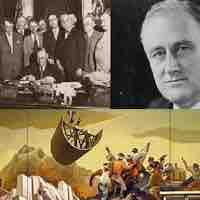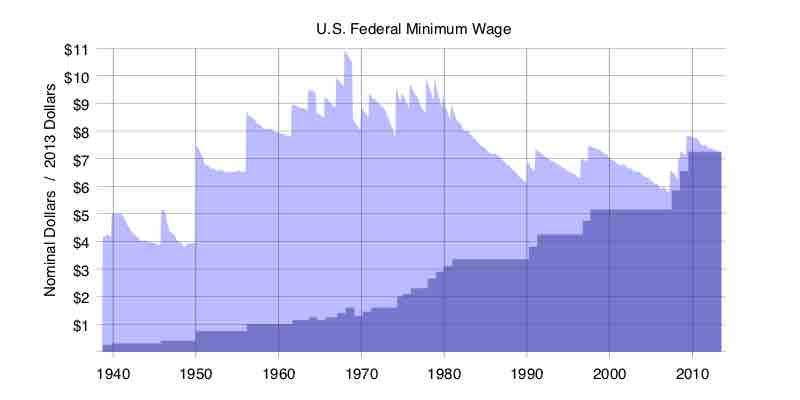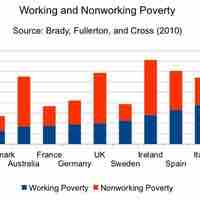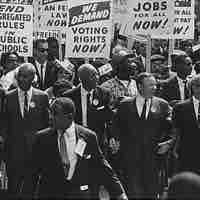Chapter 17
Social Policy
By Boundless
The Welfare State originated in Germany during 19th century with the policies implemented by German Chancellor Otto von Bismarck.

The welfare system in the United States was created on the grounds that the market cannot provide goods and services universally.

Welfare reform has attempted many times to remove welfare altogether by promoting self-sufficiency, but has been unsuccessful in this regard thus far.

Government supported, free public schools were established after the revolution, and expanded in the 19th century.

Employment policy determines living and working standards that need to be met by the state and the federal government.

United States health care, provided by many public and private entities, is undergoing reform to cut spending and increase coverage.
The issue of health insurance reform in the United States has been the subject of political debate since the early part of the 20th century.

Public housing is administered by federal, state and local agencies to provide subsidized assistance to those with low-incomes.

There are several social policy challenges relating to the elderly, who are generally over the age of 65 and have retired from their jobs.

The middle class consists of people in the middle of a societal hierarchy, which varies between cultures.

The working poor are working people whose incomes fall below a given poverty line.

The nonworking poor are unemployed people whose incomes fall below a given poverty line.

Minorities, women, and children are often the target of specific social policies.